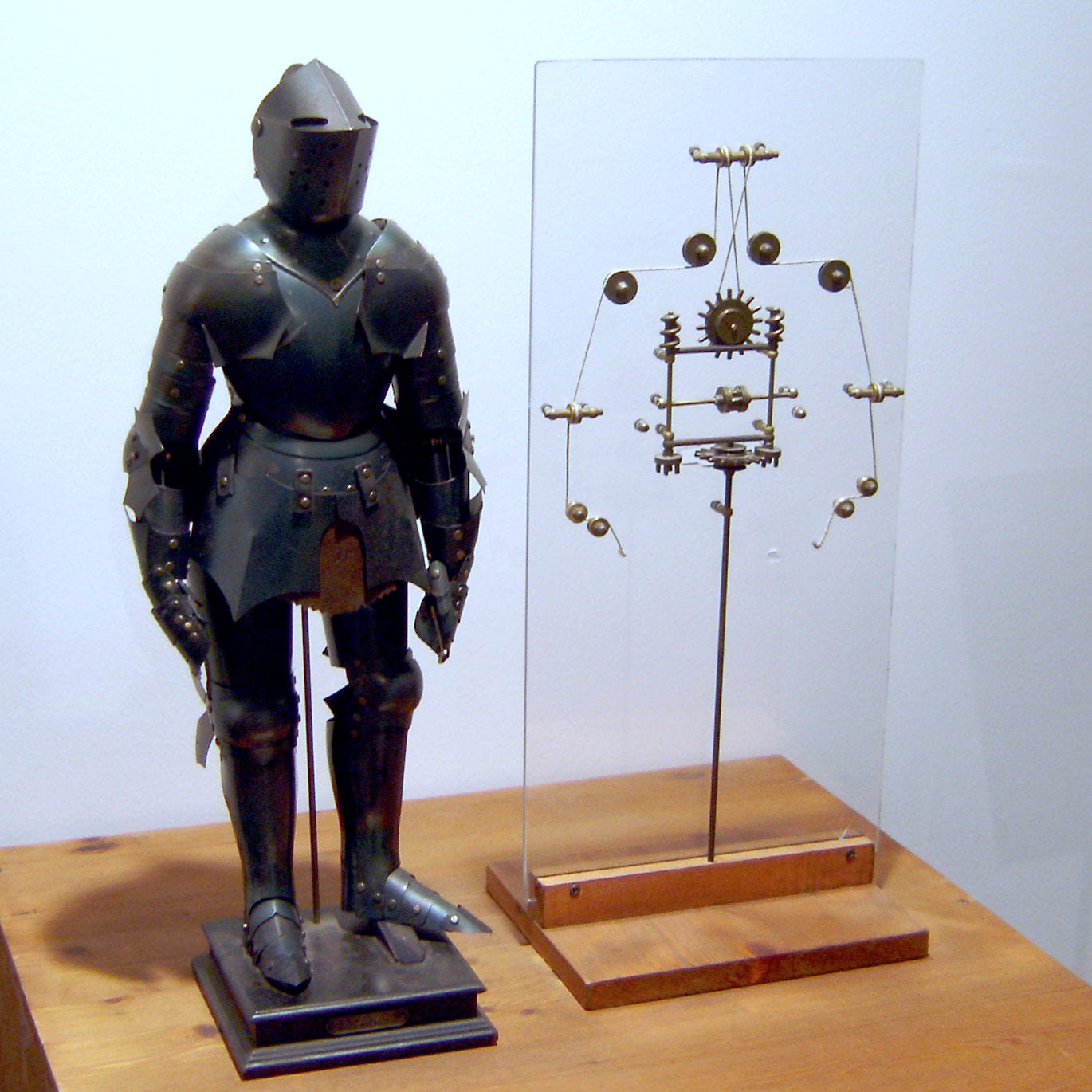Humanoid robots: Machines built in our image
How ancient dreams of building machines that look and act like humans are becoming a reality in the 21st century
The dream of creating humanoid robots - machines built in our image - is not new.
Long before the word "robot" was even coined, people told stories of human-like machines. In ancient Greece, Hephaestus, the god of blacksmiths, was said to have created several different humanoid automata in various myths. In ancient China, a story from the 3rd century BCE by Lie Yukou mentions a brilliant engineer who built a humanoid machine for King Mu, the fifth king of the Chinese Zhou Dynasty.
One of the earliest verifiable designs for a humanoid robot comes from none other than Leonardo da Vinci, who designed an automaton wearing plated armour around 1495. According to Leonardo, the machine was displayed at a celebration hosted by Ludovico Sforza at the court of Milan in 1495.
Even the word “robot” itself was first used to describe humanoid machines. Karel Čapek created the word “robot” in 1920 for his play R.U.R. (Rossum's Universal Robots) to describe manufactured human-like beings used in factories.
Since then, humanoid robots found a firm place in the emerging science fiction genre and inspired generations of engineers to build them.
However, building a humanoid robot has proven to be challenging. The human body itself is a complex machine, and tasks such as walking or grasping objects, which are effortless for us, have presented massive engineering challenges.




